Understanding the Basics of Ski Boots
When embarking on the journey of purchasing ski boots, it's essential to start with a solid foundation of knowledge. Ski boots are the critical link between your body and your skis; they are responsible for transferring your movements and intentions to your ski setup.
Therefore, how to choose ski boots is not a decision to be taken lightly. The right boot can enhance your skiing experience, while the wrong one can ruin it.
The Importance of a Snug Fit
The fit of your ski boots is paramount. A snug fit ensures that there is no unnecessary movement within the boot, which can lead to a loss of control and even injury.
When fitting ski boots, pay attention to the heel pocket and make sure your heel stays in place. A well-fitted boot will feel tight but not painful, with your toes just brushing the front of the boot shell when standing up straight.
Know Your Skiing Style and Ability
Your foot and skiing ability are significant factors in choosing the right ski boots. Aggressive skiers may require stiffer boots for better control at high speeds, while intermediate skiers might benefit from a softer flex that offers more forgiveness.
Be honest about your ability level; an expensive boot with a high flex rating won't make you a better skier if it doesn't match your skill set.
The Role of Flex in Ski Boots
Boot flex is a critical aspect of a ski boot's performance. It refers to how much resistance the boot provides against forward lean.
A stiffer boot are generally preferred by advanced skiers for their precision, while softer flex boots can be more comfortable for less experienced skiers. The flex index is just a guide, and the feel of the flex can vary between different boot manufacturers.
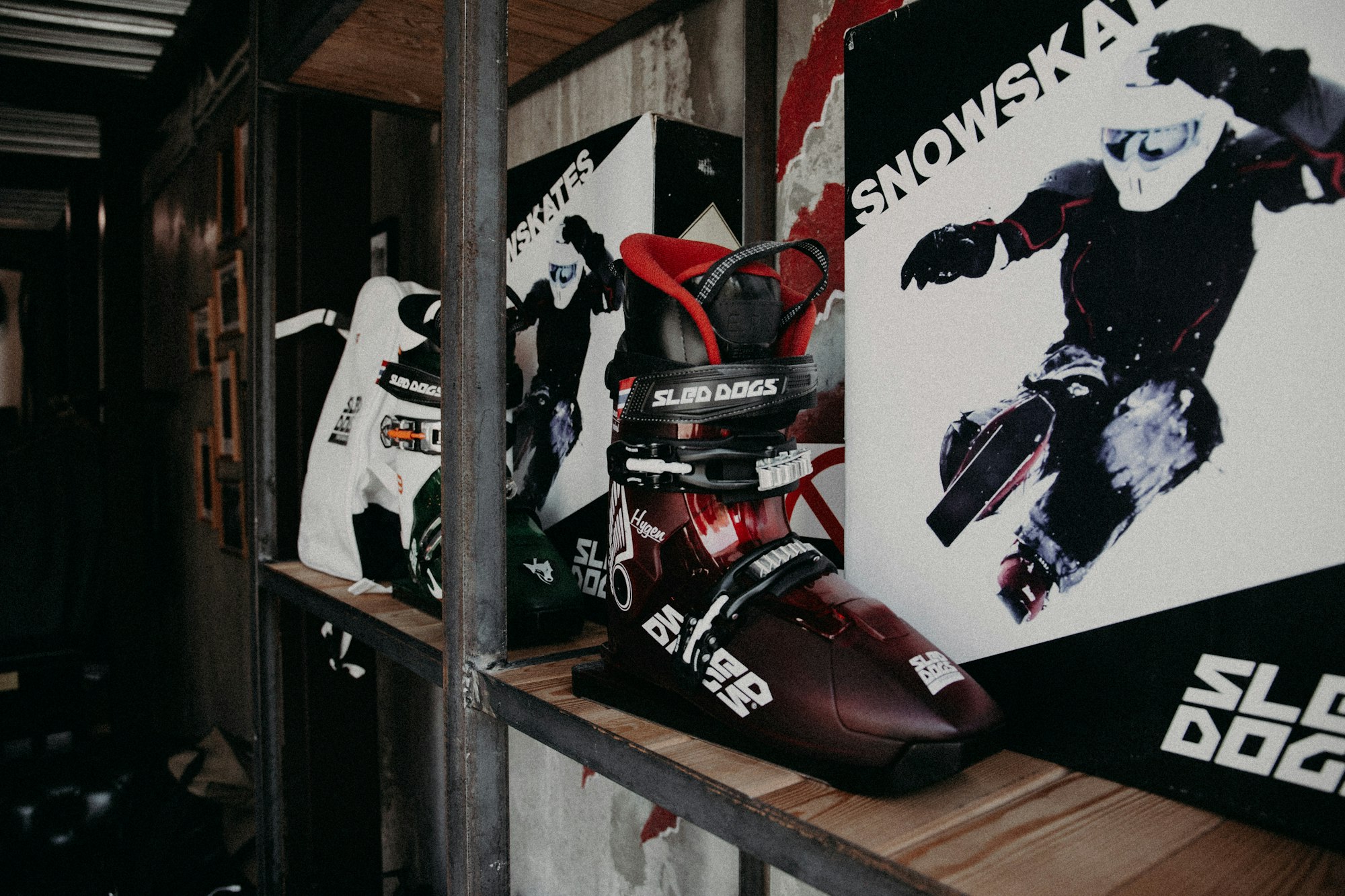
Measuring Your Feet Correctly
Having your feet measured by a professional boot fitter is a step you should never skip when buying ski boots. They will take into account not only the length of your foot but also the forefoot width, instep height, and overall foot shape.
This ensures that you end up with the correct size, which might not always be the same size as your street shoe size.
The Significance of the Shell and Liner
The boot shell and ski boot liners play a significant role in the fit and comfort of your ski boots. A custom shell can be heat-molded to better fit the contours of your foot, while an inner boot or liner can sometimes be replaced with an aftermarket footbed for improved support.
New ski boots often come with liners that mold to your feet over time, providing a more personalized fit.
Choosing Between Alpine and Alpine Touring Boots
Alpine boots are designed for resort skiing and are compatible with alpine bindings. In contrast, alpine touring boots are meant for backcountry skiing and often feature a walk mode and interchangeable soles for hiking.
Your choice will depend on where you plan to ski and whether you need the versatility of a boot that can handle both downhill and uphill travel.
Walk Mode and Interchangeable Soles
For those interested in backcountry skiing, a walk mode, and interchangeable soles are features to look for.
Walk mode allows the boot to have more flex in the cuff for comfortable walking or hiking. Interchangeable boot soles can switch between alpine soles and rubber soles for grip when walking on rocks or snow.
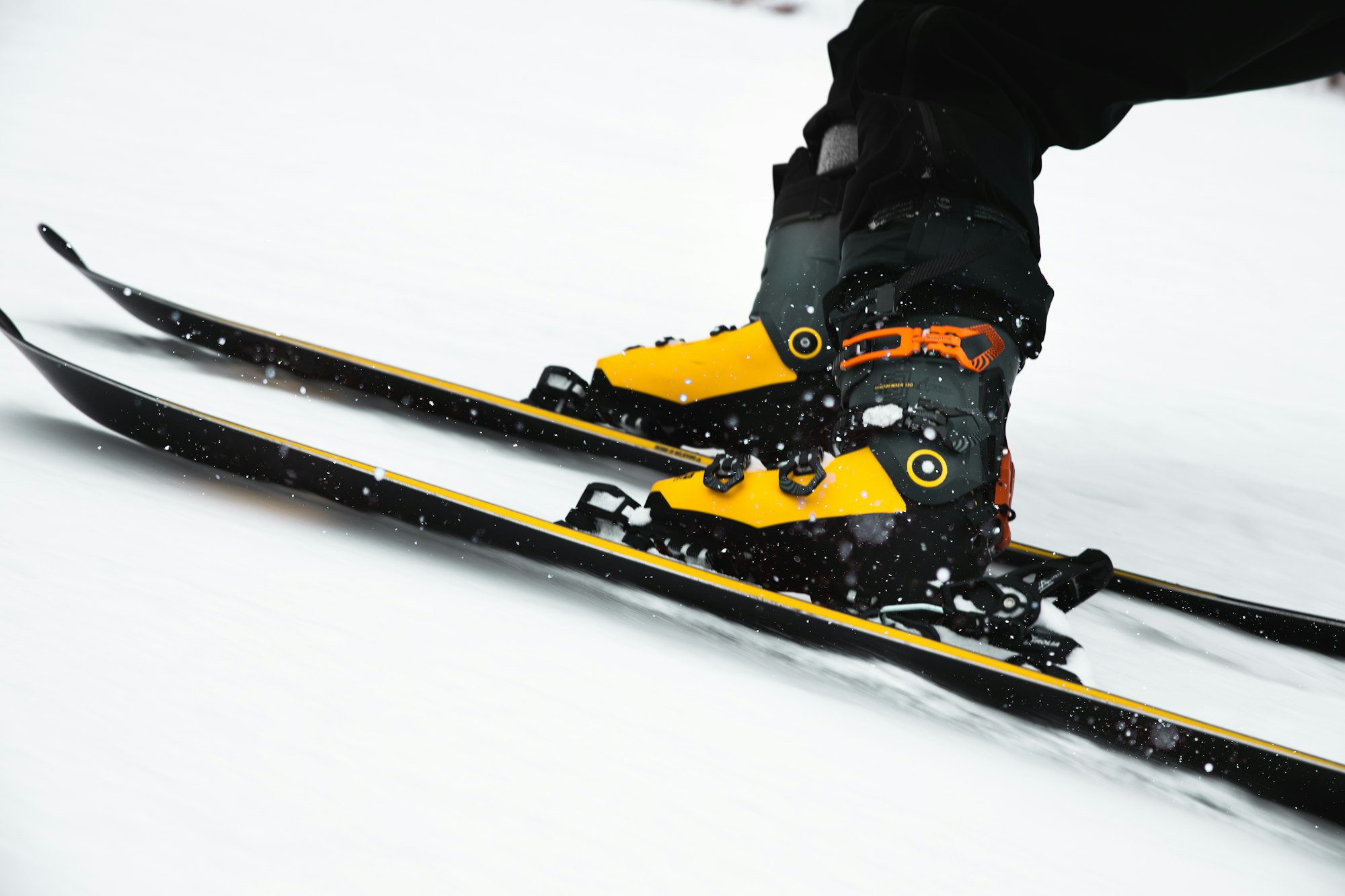
The Importance of Heel and Ankle Support
A secure heel and ankle support are crucial for effective power transfer and control. Narrow lasted boots often offer a tighter fit around the heel, which can be beneficial for those with narrow feet.
Conversely, wide-length boots provide more room for wider feet. The heel pocket should securely hold your heel in place without causing discomfort.
Exploring Different Ski Boot Manufacturers
When you're in the market for new ski boots, it's essential to consider the various ski boot manufacturers out there. Each brand brings its unique approach to design and technology, which can significantly affect your boot fit and overall skiing experience.
Some skiers might swear by a particular brand because it consistently offers a narrow lasting boot that suits their slender foot shape, while others may prefer a manufacturer known for a roomier fit. It's not just about the size; it's about the contour and support that align with a skier's foot.
Doing a bit of research on the most boots offered by different brands can give you a head start in finding the perfect pair.
Moreover, the reputation of ski boot manufacturers is often reflected in the quality and innovation of their products.
For instance, some brands are renowned for pioneering advancements in materials that lead to a stiffer flexing boot, which might be ideal for aggressive skiers looking for precision and control.
Others might focus on developing freeride boots that offer a balance between performance and comfort for those long days on the slopes.
Remember, the new boot you choose will be your companion on the mountain, so take the time to explore what each manufacturer has to offer and how their boots align with your skiing needs and preferences.
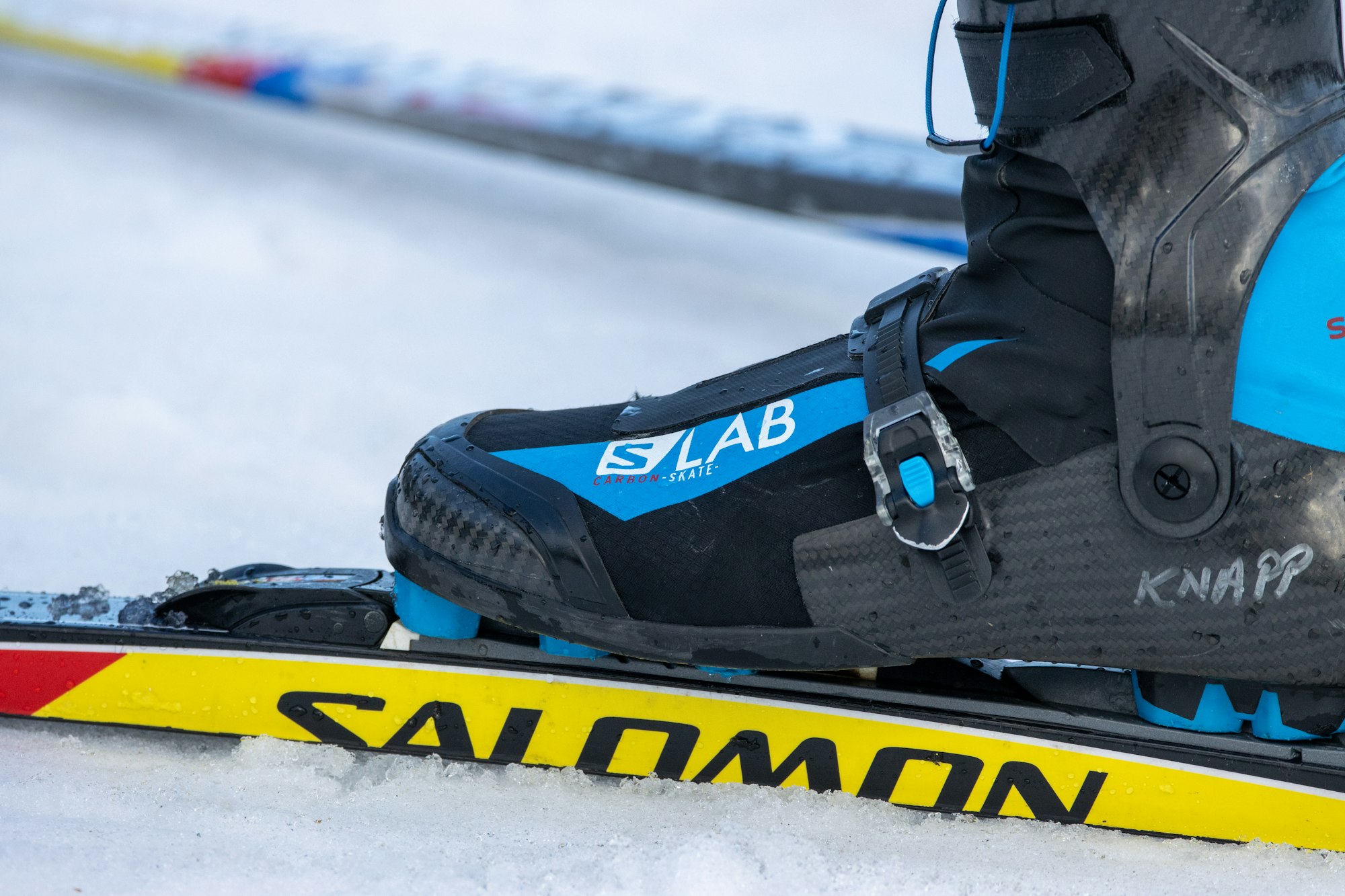
Customizing Your Ski Boot Experience
Have you ever wondered how to elevate your skiing performance with just the right tweak to your boots? Customizing your ski boot experience is not just about aesthetics; it's about enhancing your control and comfort on the slopes.
When considering the size of ski boots, it's not only the length and width that matter. The volume of the boot should match the volume of the skier's foot to avoid any unnecessary movement inside the boot.
This can be achieved through heat-molding liners or adding custom footbeds, which provide a tailored fit and better support.
Moreover, don't overlook the power of a well-adjusted boot. Micro-adjustable buckles allow for fine-tuning the pressure distribution across your foot, leading to a more precise fit.
This is particularly important for skiers who experience slight changes in foot size due to temperature fluctuations or prolonged activity.
By customizing the fit, you ensure that your boots remain snug and responsive throughout your ski adventures, allowing for a seamless connection between your movements and the skis.
The Evolution of Ski Boot Technology
When considering the size of ski boot that's right for you, it's fascinating to see how far technology has come. Modern ski boots are a marvel of engineering, designed to provide the perfect balance of comfort and performance.
They've evolved from simple leather shoes to complex systems with micro-adjustable buckles, heat-moldable liners, and even integrated heating systems. This evolution means that finding a boot that fits every contour of a skier's foot is more achievable than ever.
With advancements in materials and design, boots can now accommodate a wide range of foot shapes and sizes, ensuring that skiers can spend more time on the slopes without discomfort.
Moreover, the latest ski boots incorporate features that cater to specific needs, such as increased lateral stiffness for racers or enhanced walkability for backcountry enthusiasts.
The focus on customization has led to the development of boots that can adapt to different skiing conditions and styles. For instance, some boots come with adjustable flex settings, allowing skiers to modify the stiffness of their boots depending on the terrain they're tackling.
This adaptability is a game-changer, especially for those who enjoy a variety of skiing experiences. As you search for the perfect size ski boot, consider how these technological advancements can enhance your time on the mountain.
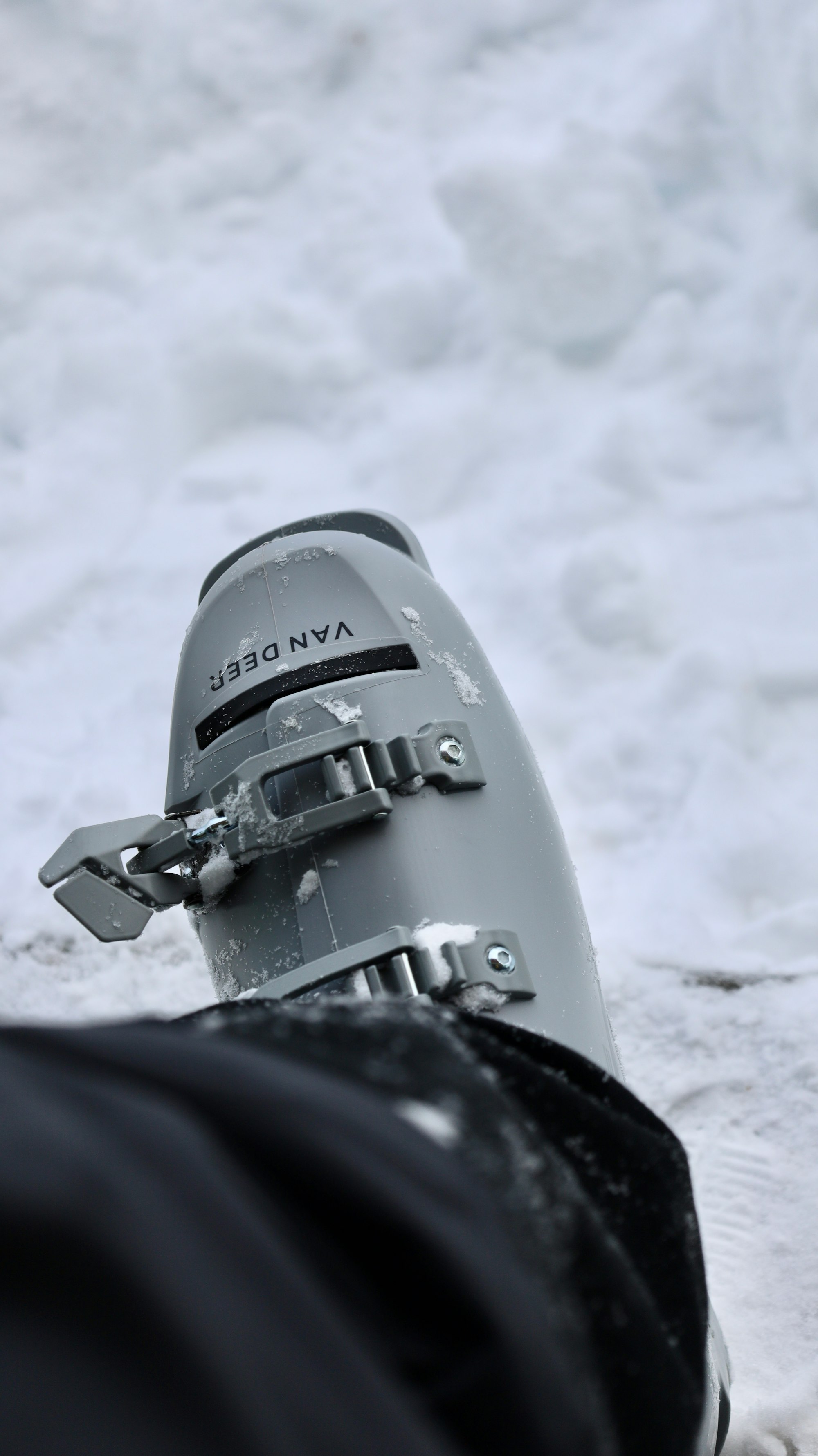
The Psychological Impact of a Well-Fitted Ski Boot
Believe it or not, the size ski boot you choose can have a significant psychological impact on your skiing experience. A well-fitted boot instills confidence as it becomes an extension of the skier's foot, allowing for precise control and maneuverability on the slopes.
When your boots fit correctly, you're more likely to take on challenging runs and improve your skills. The psychological comfort of knowing your feet are secure and supported can make all the difference in your performance and enjoyment of the sport.
Conversely, a poorly fitted boot can lead to anxiety and hesitation, which can hinder a skier's progress and even pose safety risks. The constant worry about blisters, pinching, or slipping can distract from the thrill of skiing and reduce the overall satisfaction of a day on the mountain.
Therefore, investing time in finding the right size ski boot is not just about physical comfort—it's about cultivating a positive mindset that allows you to embrace the joy of skiing fully.
Remember, when your feet are happy, your mind is free to focus on the exhilarating experience of gliding down the slopes.
Advanced Adjustments for Enhanced Performance
Dialing in the perfect fit isn't just about comfort; it's also about maximizing your performance on the slopes. Advanced skiers often prefer a stiffer flex in their boots, as it provides greater precision and power transfer when carving turns at high speeds.
However, the right flex level should be matched to your ability and the type of skiing you do. A boot that's too stiff can hinder your progress and even cause discomfort, while one that's too soft may not provide enough support for aggressive skiing.
Adjusting the canting of your ski boots can also make a significant difference. Canting refers to the lateral angle of the boot about the ski, which can be fine-tuned to align the skier's legs to a neutral position.
This adjustment helps improve edge control and reduces the risk of knee strain. Remember, these advanced adjustments should be made by a professional boot fitter to ensure accuracy and safety.
With the right set-up, you'll feel a noticeable improvement in how your skis respond to your every move, making your time on the mountain even more exhilarating.
How to Choose Ski Boots
The Intricacies of Boot Sizing and Fit
Selecting the correct boot size is a critical step in ensuring a comfortable and responsive skiing experience. It's a common misconception that ski boots should fit like regular shoes; in reality, ski boots require a much more precise fit.
Most boots are sized using the Mondopoint system, which measures the foot in centimeters to provide a more accurate fit. However, it's not just about length; the width and volume of the boot are equally important.
A narrow lasted boot might be perfect for someone with a slender foot, but it could be uncomfortable for someone with a wider foot, leading to a poor boot fit and potential issues on the slopes.
When trying on boots, pay attention to the lower boot or shell fit without the liner. This will give you an idea of how the boot cradles your foot and ankle without the added cushioning.
A well-fitted boot should feel snug but not painful, with your toes lightly brushing the front of the boot when standing upright. As you lean forward into a ski stance, your foot should slide back slightly, and your toes should no longer touch the front.
This boot-forward lean is crucial for proper skiing posture and control. Keep in mind that boot fit can change over time as the liner packs out, so what feels snug when you first bought boots may become looser as the season progresses.
Always consider the potential for adjustments or aftermarket solutions to maintain that perfect fit.
Micro Adjustable Buckles and Power Straps
Micro-adjustable buckles allow for precise adjustments to the fit of your ski boots, ensuring that you can achieve a snug fit without over-tightening. The power strap at the top of the boot provides additional support and can be tightened to enhance the boot's forward lean and responsiveness.
Considering Boot Sole and Binding Compatibility
The boot sole is an essential factor in determining the compatibility with your ski bindings. Most boots offer either an alpine sole or a sole with tech inserts for touring bindings. Ensure that your boots and bindings are compatible for a safe and secure connection.
The Role of Flex Adjustment in Ski Boots
Some boots come with an adjustable flex feature, allowing skiers to change the stiffness of the boot depending on conditions or personal preference. This can be particularly useful for skiers whose skiing ability may progress over time or who enjoy a variety of skiing styles.

The Benefits of Aftermarket Footbeds
An aftermarket footbed can provide additional arch support and help distribute pressure evenly across the bottom of your foot. This can improve comfort, reduce fatigue, and enhance the overall fit of the boot. Many professional boot fitters recommend custom footbeds as a worthwhile investment.
Adult Boots vs. Junior Boots
When buying ski boots, it's important to distinguish between adult boots and junior boots. Junior boots are designed for younger skiers with different flex and fit characteristics. Adults should ensure they are looking at adult ski boots to get the support and performance needed for their weight and strength.
The Impact of Socks on Boot Fitting
The thickness of your thick socks can significantly affect the fit of your ski boots. It's best to wear ski-specific socks that are thin to medium thickness to avoid creating pressure points or reducing circulation. Always wear the socks you intend to ski in when trying on new boots.
The Value of a Professional Boot Fitter
A professional boot fitter can make all the difference in finding the perfect ski boots. They have the expertise to assess your foot's unique shape and recommend the right boot, as well as make any necessary modifications for a custom fit. Never underestimate the value of their experience and knowledge.
When to Replace Your Ski Boots
Ski boots don't last forever. Over time, the plastic shell can lose its integrity, and the liners can pack out, leading to a less responsive fit. If you notice significant wear or a decrease in performance, it may be time to consider new boots. Regularly inspect your boots for signs of wear and tear.
Budget Considerations When Purchasing Ski Boots
While it's tempting to look for deals, remember that the best ski boot-buying guide is for your own feet and skiing needs. An expensive boot is not necessarily better if it doesn't fit correctly.
However, making sure the boot fits well and meets your skiing demands can save you money in the long run by avoiding the need for frequent replacements.
Some Final Thoughts
Choosing the right ski boots is a critical decision that can greatly impact your skiing experience. A snug fit, the right flex for your ability, and compatibility with your skiing style are all essential factors to consider.
Always have your feet professionally measured, and don't hesitate to invest in a professional boot fitting. Remember, the best ski boots are the ones that fit you correctly and meet your specific skiing needs.

FAQ's
How often should I replace my ski boots?
Ski boots should be replaced when they show significant wear or when you notice a decrease in performance. This can vary depending on how often you ski, but a good rule of thumb is every 5 to 7 years for someone who skis regularly.
Can I adjust the flex of my ski boots?
Some ski boots come with an adjustable flex feature, allowing you to change the stiffness of the boot. However, not all boots have this option, so it's important to choose a boot with the appropriate flex for your skiing ability from the start.
Should I buy ski boots that are the same size as my street shoes?
Not necessarily. Ski boots are sized differently than street shoes, and the correct size depends on the length and shape of your foot. It's best to get your feet measured by a professional boot fitter to determine the right size for your ski boots.
How do I determine the right size for ski boots?
To find the right size, measure your foot length and width. Consult the manufacturer's size chart and, ideally, try on boots in-store to ensure a snug fit without pressure points. Keep in mind that sizing may vary between brands, and consider the thickness of your ski socks.
What flex rating should I look for in ski boots?
The flex rating, indicating a boot's stiffness, should align with your skiing ability and style. Beginners often benefit from softer boots, intermediate skiers from medium flex, and advanced skiers from higher flex for optimal control and responsiveness.
Should I choose a specific type of ski boot for my skiing style?
Yes, your skiing style influences your choice. Alpine boots are versatile, freestyle skiers might prefer softer boots, and backcountry enthusiasts often opt for touring boots with a walk mode for greater versatility in various terrains.
How important is the fit of the ski boot's shell and liner?
The fit of both the shell and liner is crucial. A properly fitted shell ensures efficient energy transfer, while a well-fitted liner adds comfort and insulation. Pay attention to heel hold, and ensure your toes lightly touch the front without excessive movement when flexing.
Are there specific features to consider when choosing ski boots and fitting ski boots?
Yes, several features impact your skiing experience. Look for adjustable buckles, walk mode for backcountry skiing, insulation for warmth, and compatibility with binding systems. Consider a boot that aligns with your natural leg position for improved control and reduced fatigue.
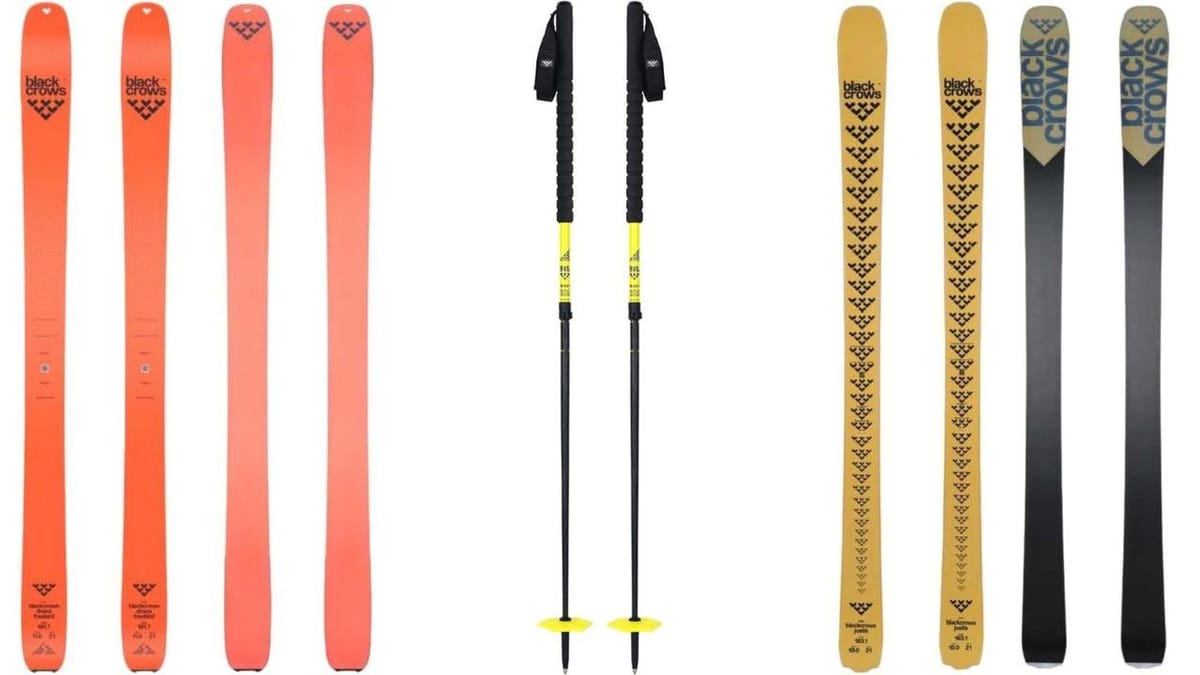

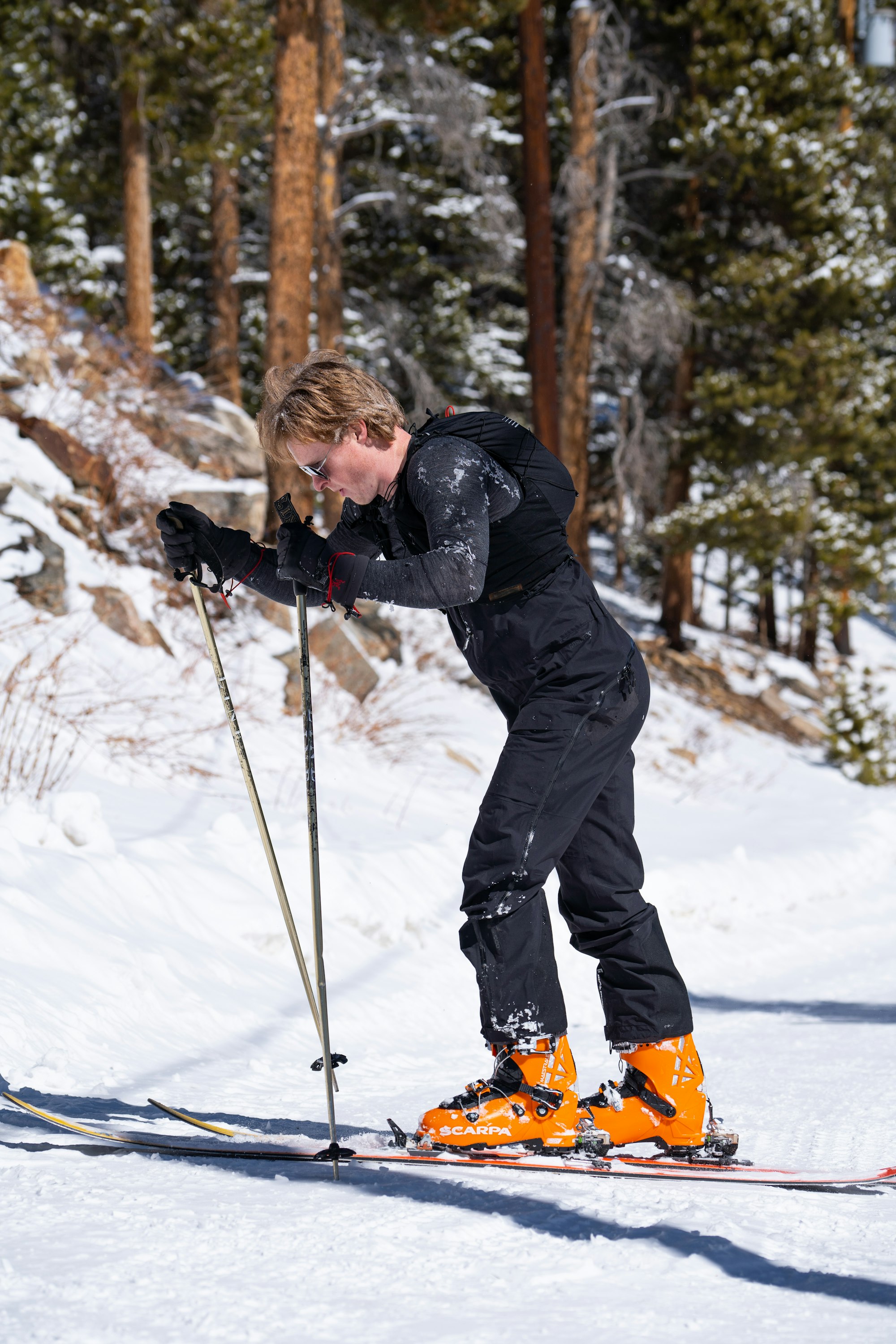




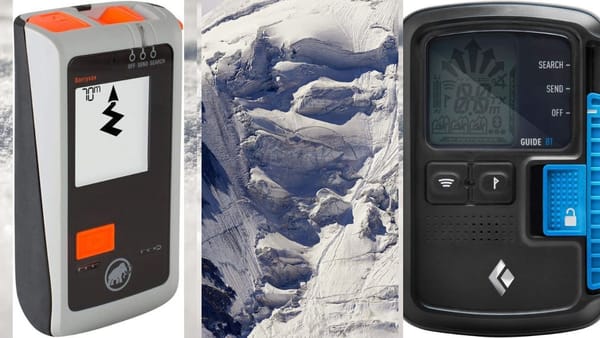
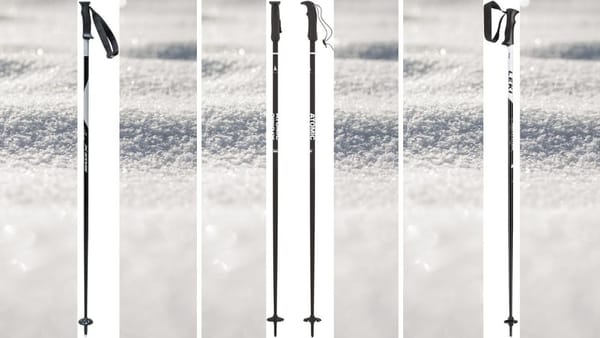



Member discussion